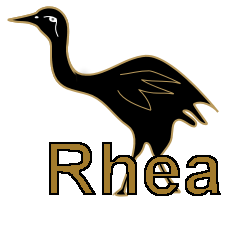(→Problem 1: Arbitrary Random Variables) |
(→Problem 1: Arbitrary Random Variables) |
||
| Line 10: | Line 10: | ||
Let <math>U</math> be a uniform random variable on [0,1]. | Let <math>U</math> be a uniform random variable on [0,1]. | ||
| − | *(a) Let <math>X = F^{-1}(U)</math>. What is the CDF of <math>X</math>? (Note <math>F^{-1}</math> is the inverse of <math>F</math>. A function <math>g</math> is the inverse | + | *(a) Let <math>X = F^{-1}(U)</math>. What is the CDF of <math>X</math>? (Note <math>F^{-1}</math> is the inverse of <math>F</math>. A function <math>g</math> is the inverse of <math>F</math> if <math>F(g(x)) = x</math> for all <math>x</math>) |
*(b)How can you generate an exponential random variable from <math>U</math>? | *(b)How can you generate an exponential random variable from <math>U</math>? | ||
Revision as of 08:01, 15 October 2008
Contents
Instructions
Homework 7 can be downloaded here on the ECE 302 course website.
Problem 1: Arbitrary Random Variables
Let $ F $ be a non-decreasing function with
$ \lim_{x\rightarrow -\infty} F(x) = 0 \mbox{ and } \lim_{x\rightarrow +\infty} F(x) = 1. $
Let $ U $ be a uniform random variable on [0,1].
- (a) Let $ X = F^{-1}(U) $. What is the CDF of $ X $? (Note $ F^{-1} $ is the inverse of $ F $. A function $ g $ is the inverse of $ F $ if $ F(g(x)) = x $ for all $ x $)
- (b)How can you generate an exponential random variable from $ U $?

